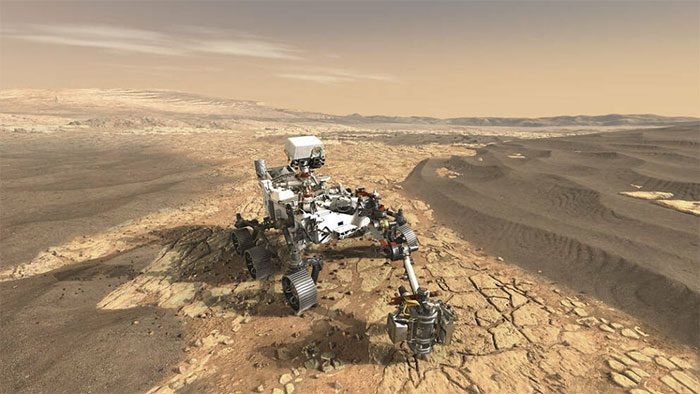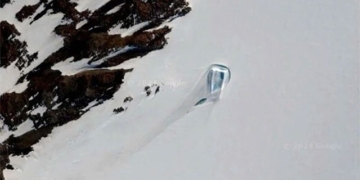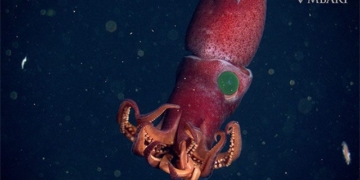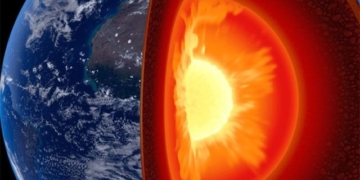Mars is obscured by the Sun, causing NASA to lose contact with rovers and orbiters around the red planet.
The rovers and orbiters around Mars lost signal for several weeks because Earth could not communicate with the red planet. This was due to Mars moving behind the Sun, leading to a disruption in signal transmission between the vehicles and NASA on Earth. The communication disruption lasted from November 11 to November 25, according to NASA. During this time, NASA will continue to receive brief status updates from the rovers, except for two days when Mars was completely obscured behind the Sun, resulting in a total loss of signal with the rovers.

The Perseverance rover will continue to collect samples to send back to Earth after the signal loss.
When Mars and Earth are on opposite sides of the Sun, this event is called a solar conjunction, which occurs every two years due to the differing orbital speeds of the two planets. Mars takes 687 Earth days to complete its orbit around the Sun. During this time, Mars is at its farthest point from Earth (approximately 402 million kilometers), much farther than its closest point of 54.6 million kilometers.
When Mars is too close to the Sun (as observed from Earth’s sky), radio signals transmitted between the two planets can be disrupted by the solar corona, the outermost layer of the Sun that consists of extremely hot ionized gases. This can cause interruptions and disturbances in the signals transmitted from Earth to the Mars rovers, leading to data loss and odd behaviors that could jeopardize the rovers.
The last similar event occurred from October 2 to October 16, 2021, and from August 28 to September 7, 2019. “Our engineers have prepared for this conjunction event for many months. The spacecraft will continue to collect scientific data on Mars, and some vehicles will attempt to transmit data back to Earth,” said Roy Gladden, manager of NASA’s Mars Network at the Jet Propulsion Laboratory in Pasadena, California.
However, the exploring rovers and orbiters will not cease operations and will continue to collect data to transmit later, operating in autopilot mode. NASA’s mission control teams have spent months preparing to-do lists for all vehicles.
The Perseverance rover and Curiosity will remain in place but will continue to monitor changes in surface conditions, weather, and radiation on Mars, while the Ingenuity helicopter will use its color camera to study sand movement. In orbit, the Mars Reconnaissance Orbiter and Odyssey will capture images of the Martian surface, while MAVEN will collect data on the interaction between the red planet’s atmosphere and the Sun.


















































